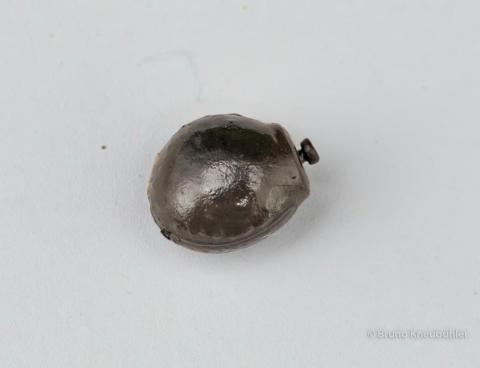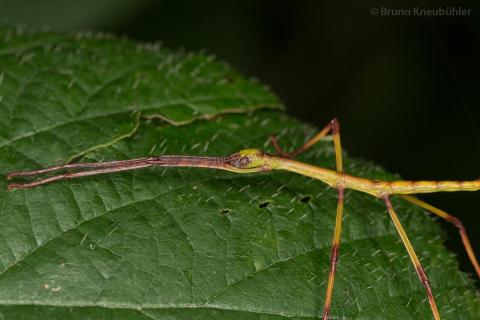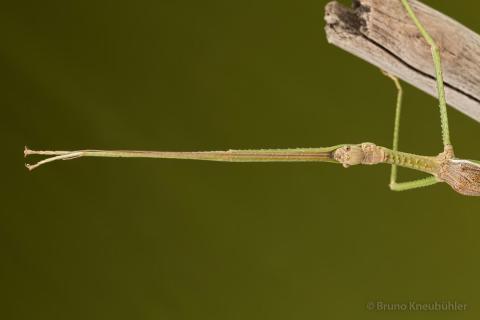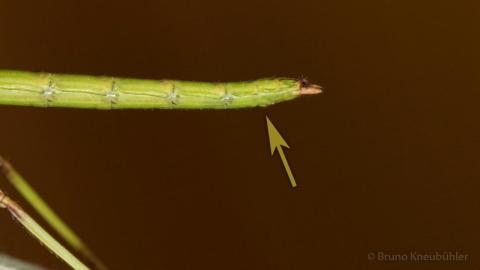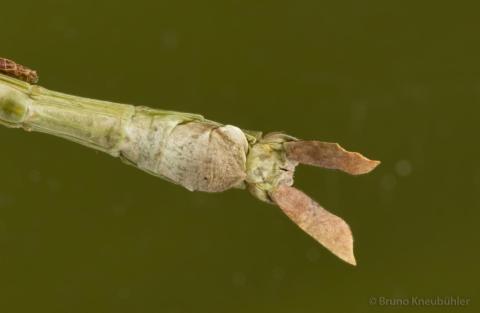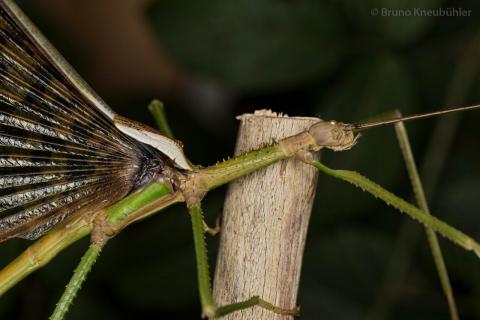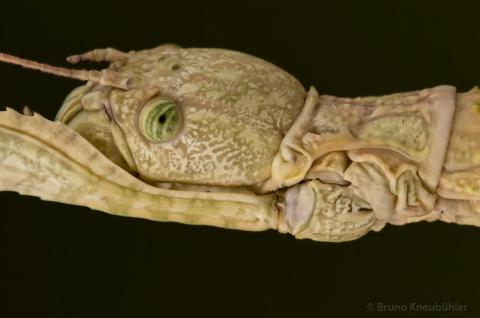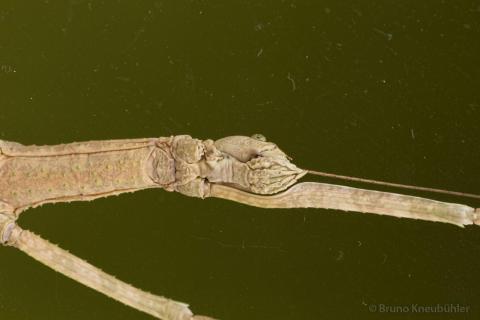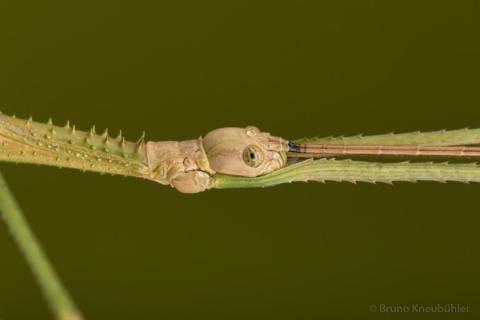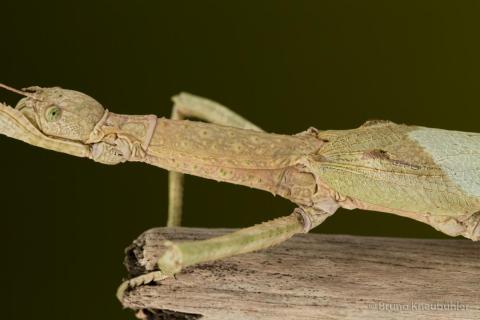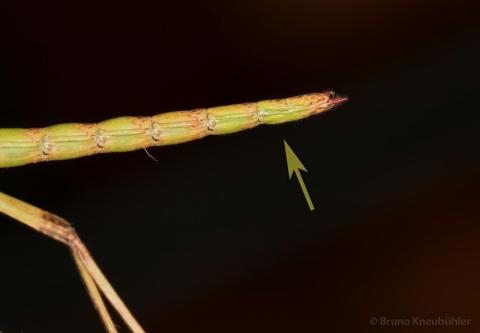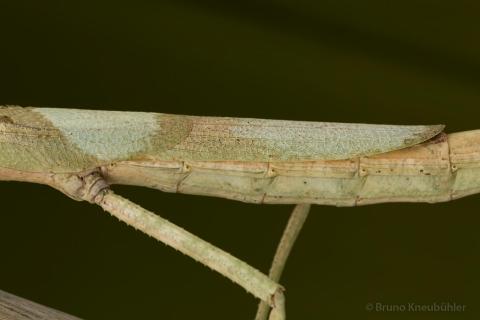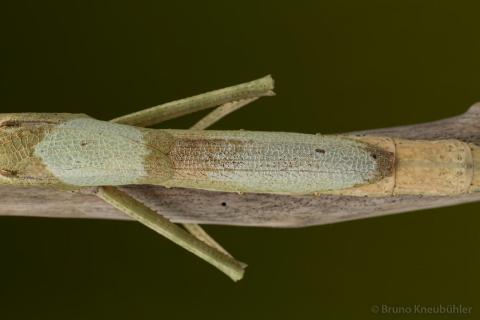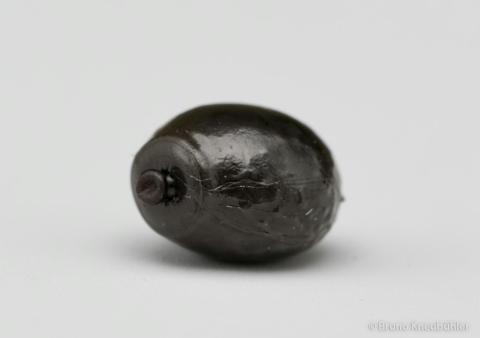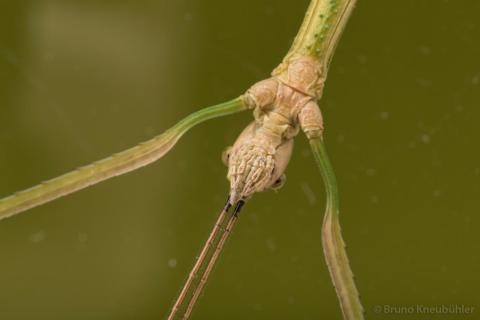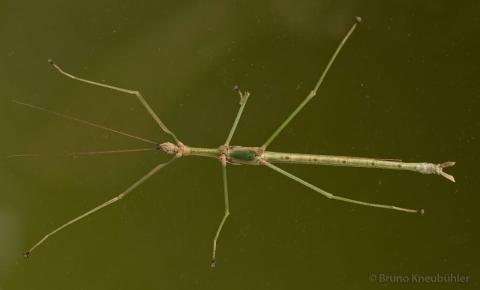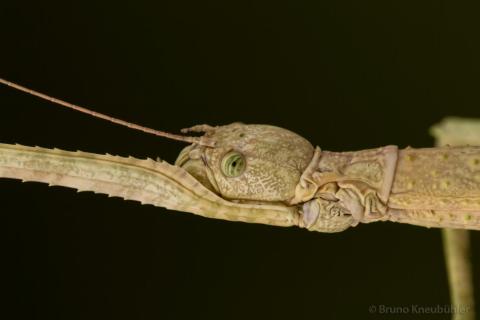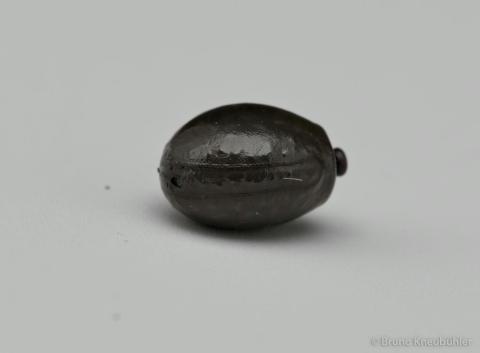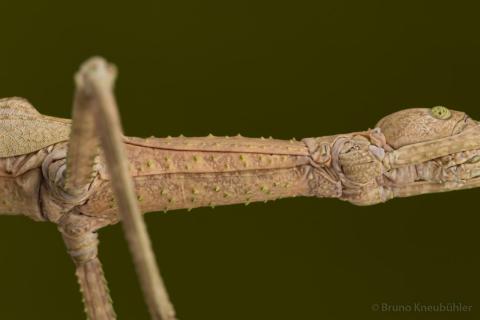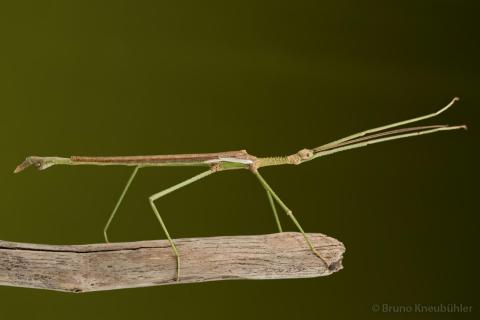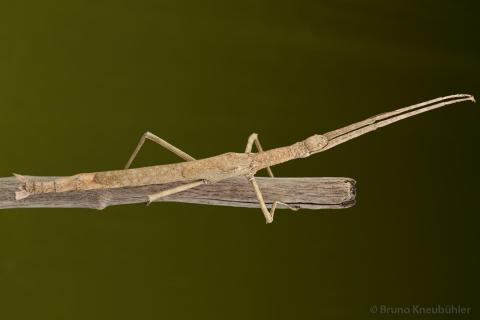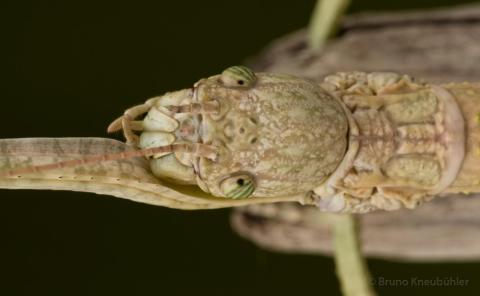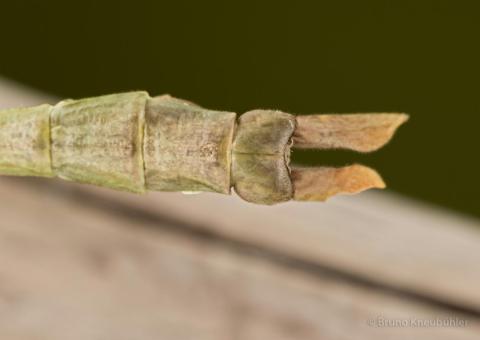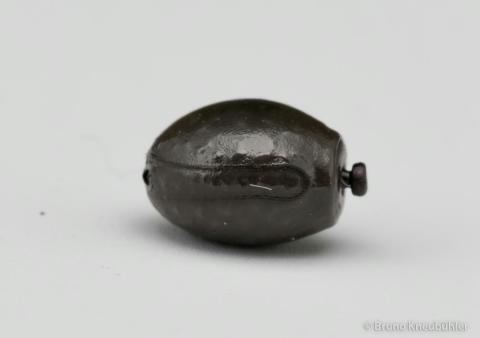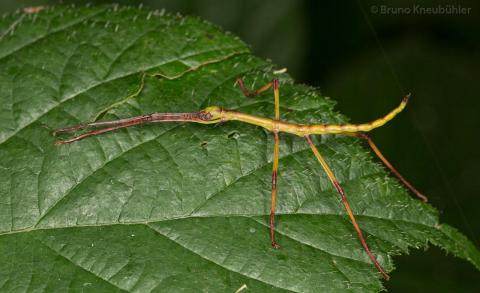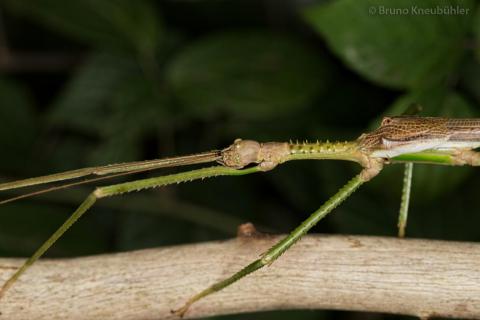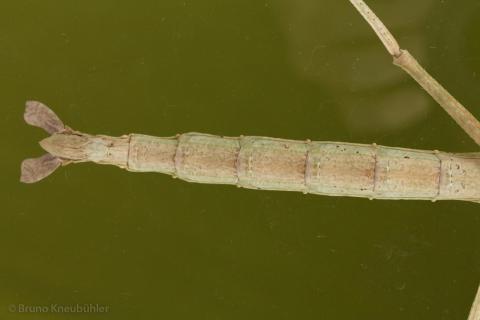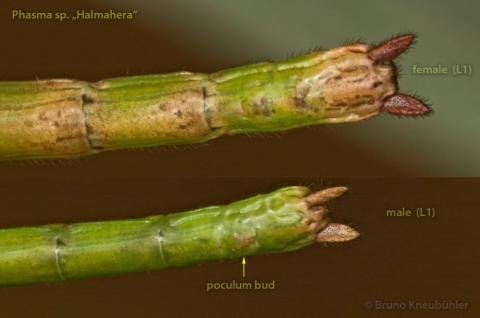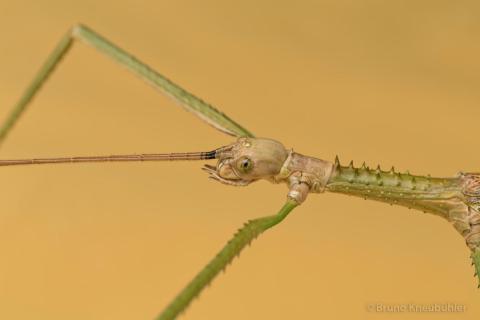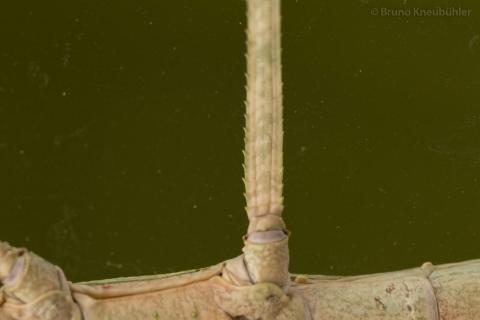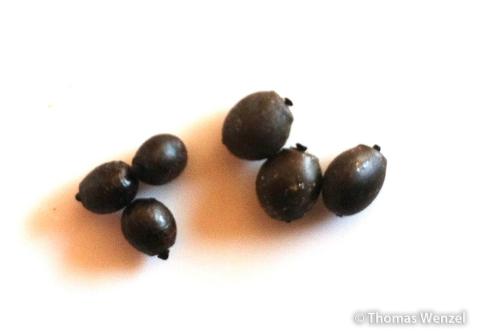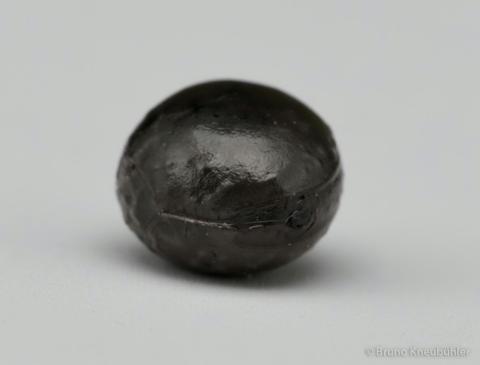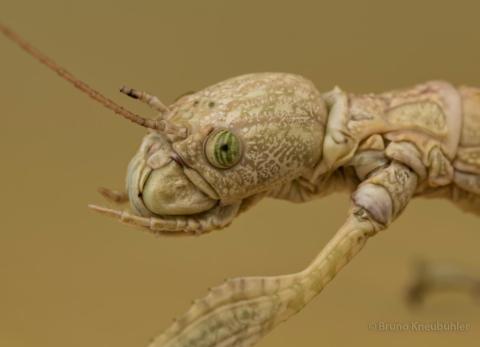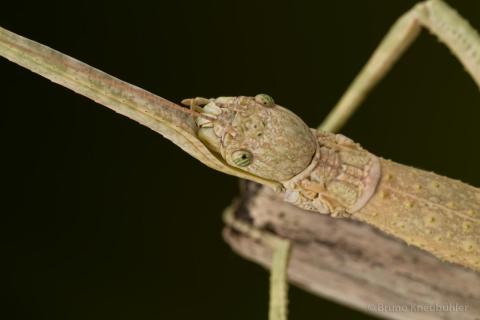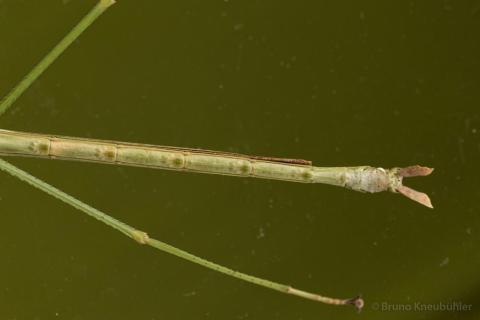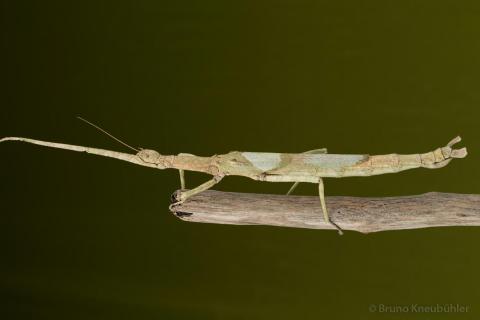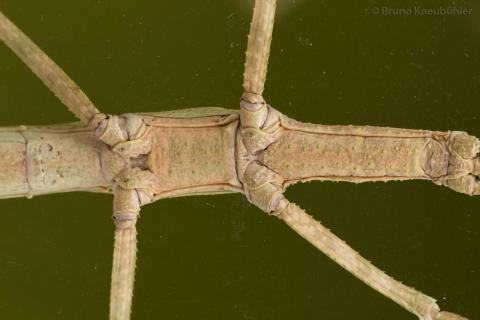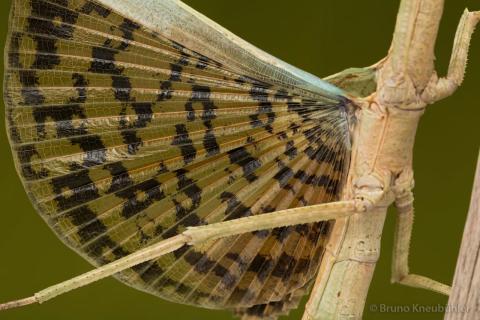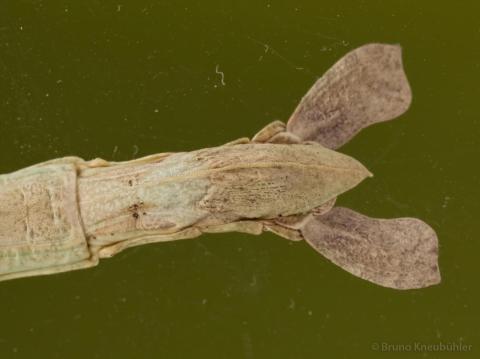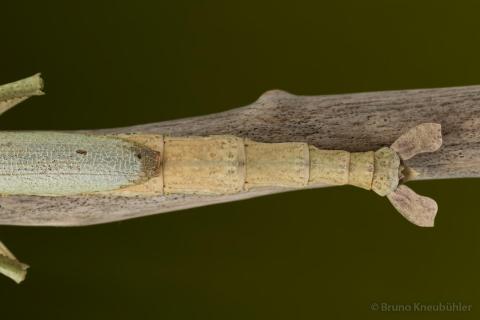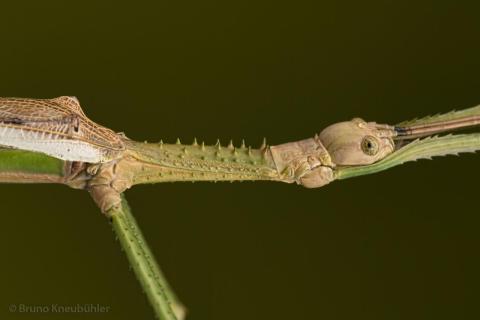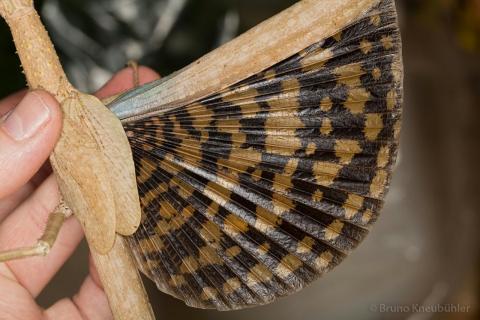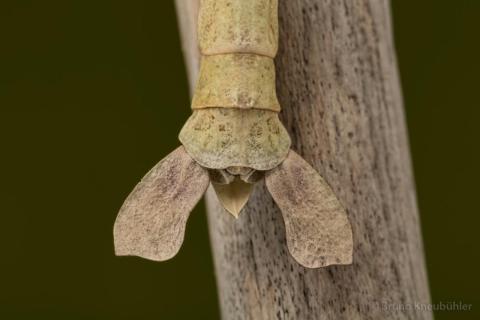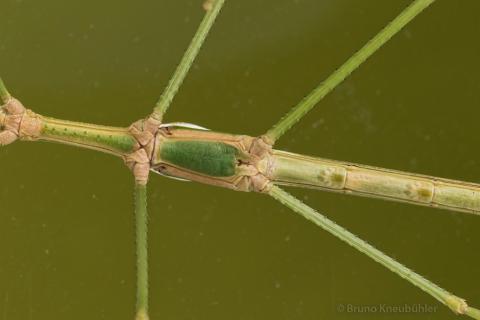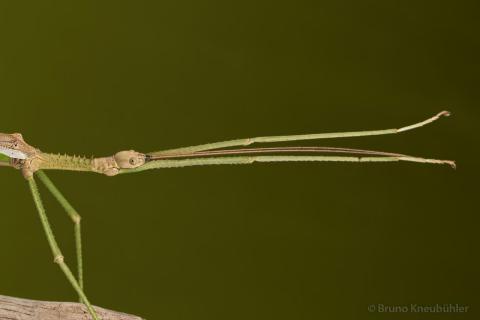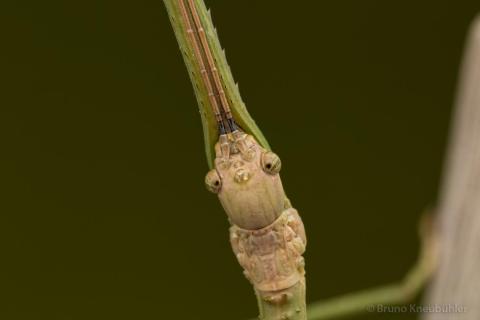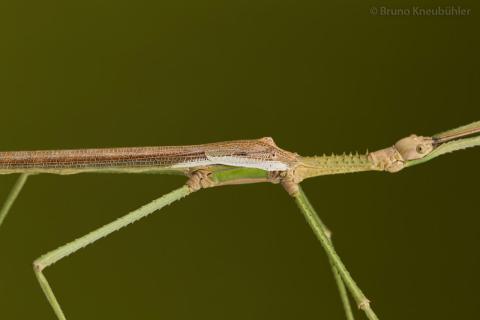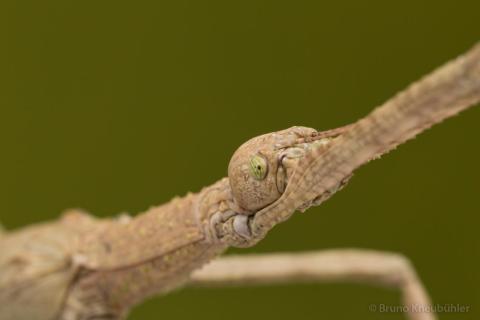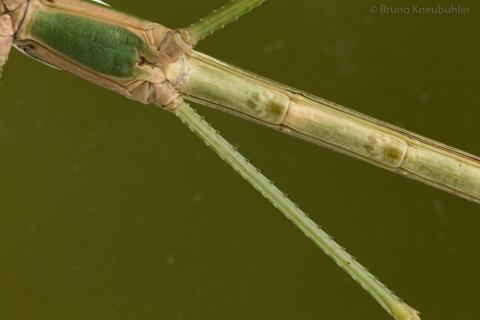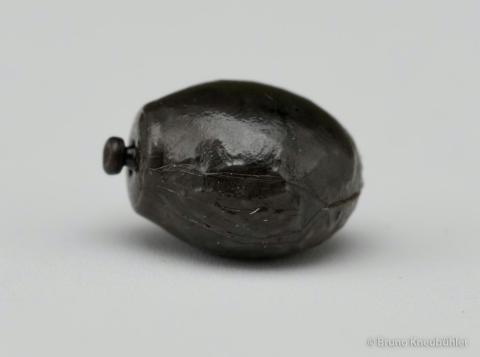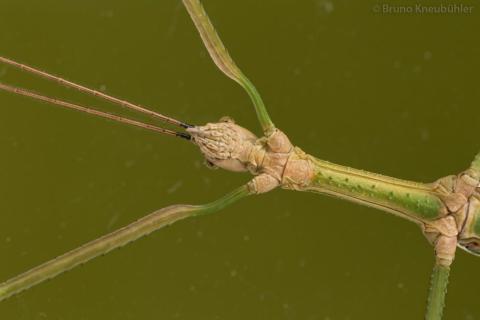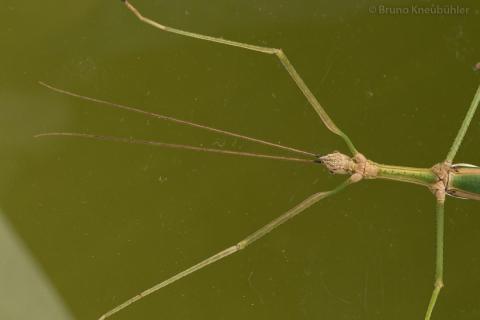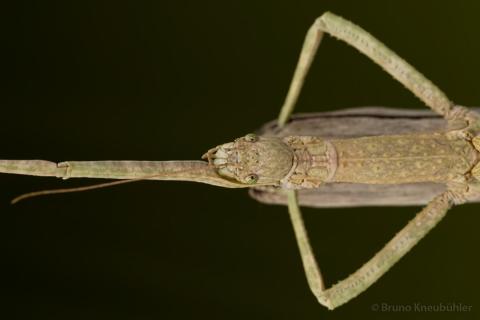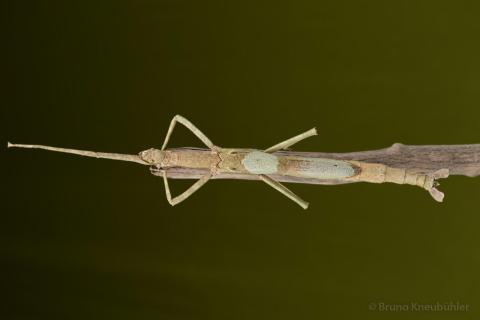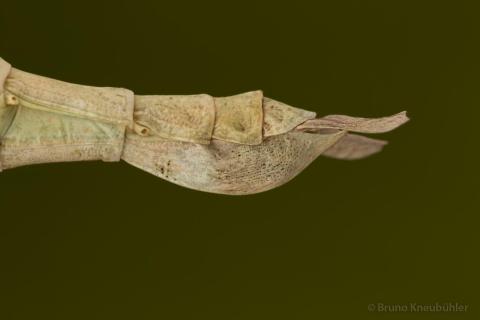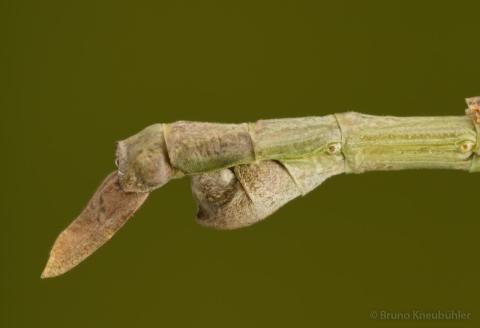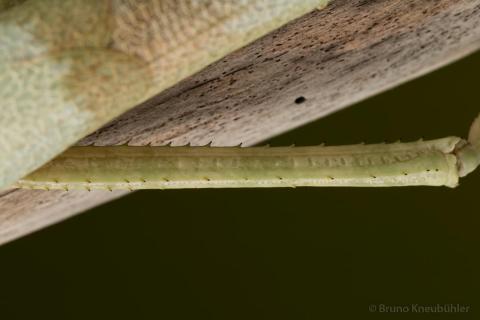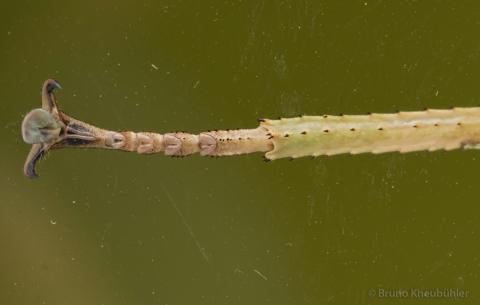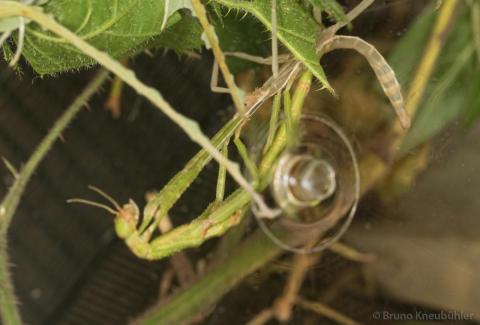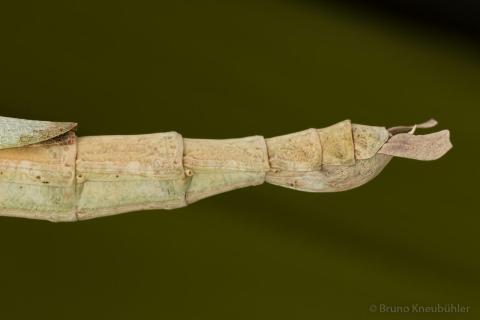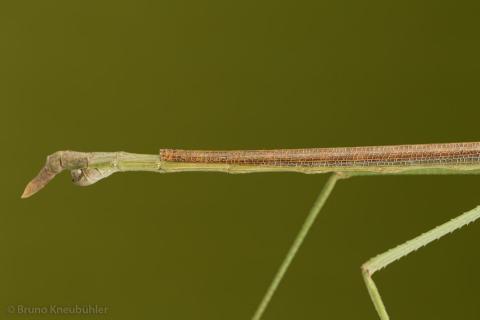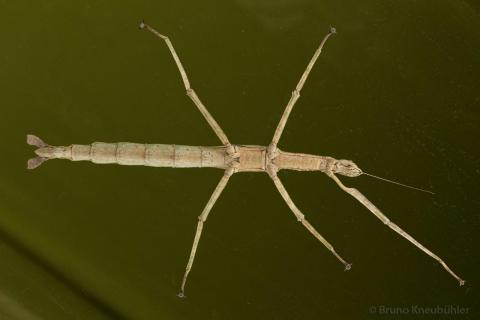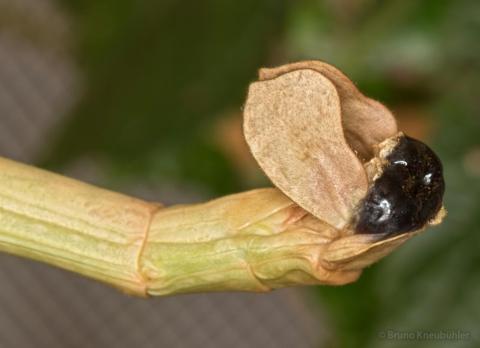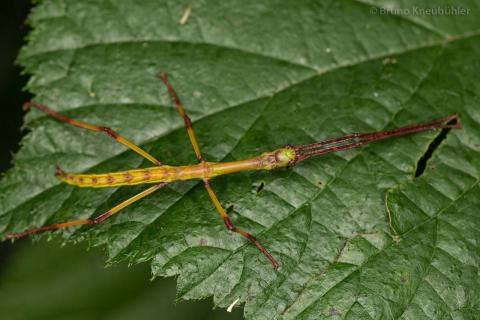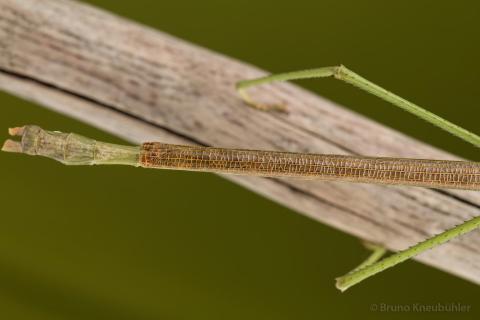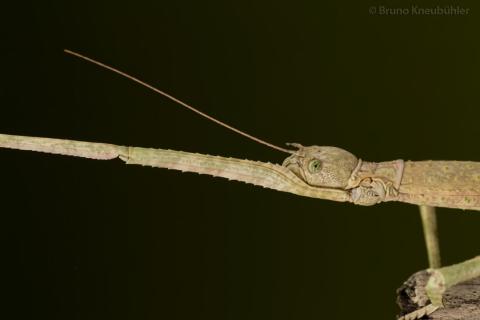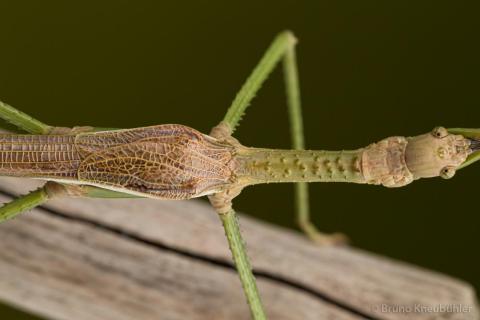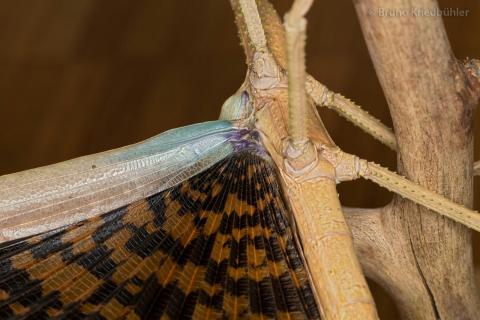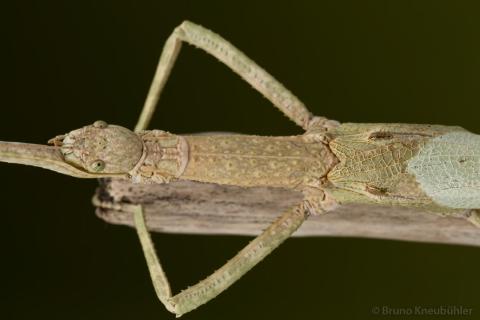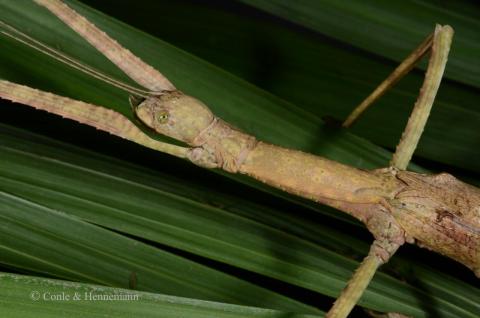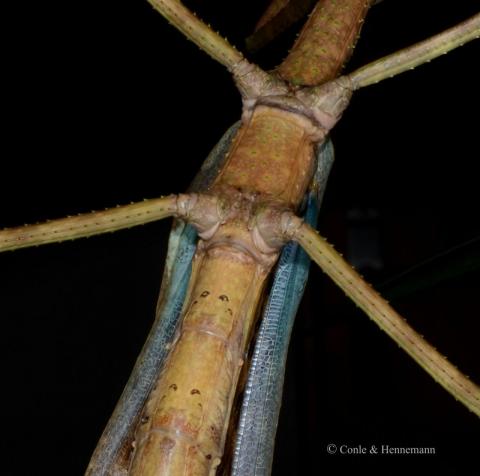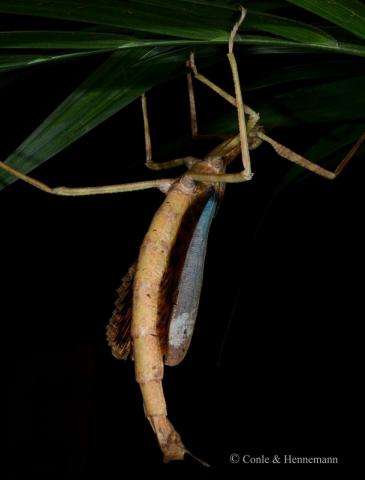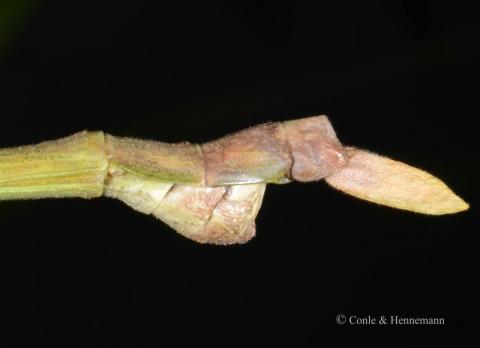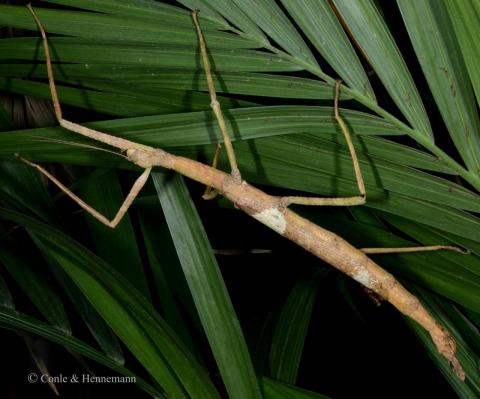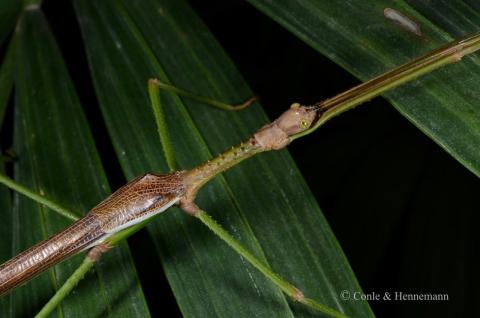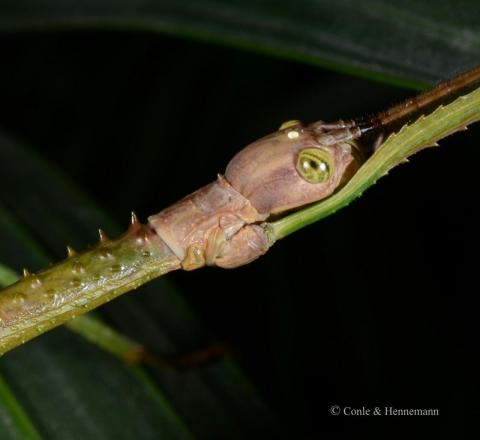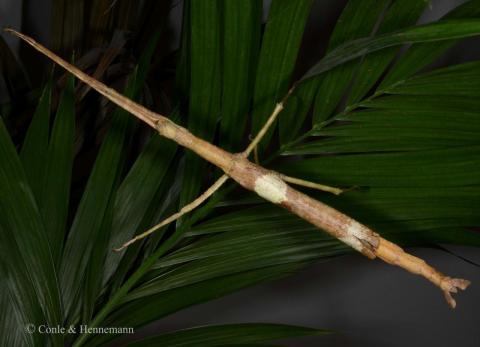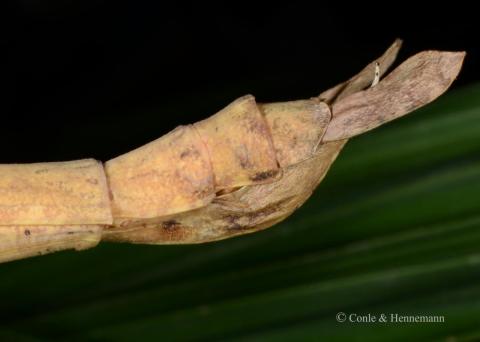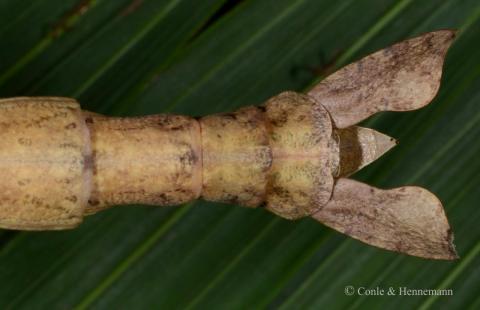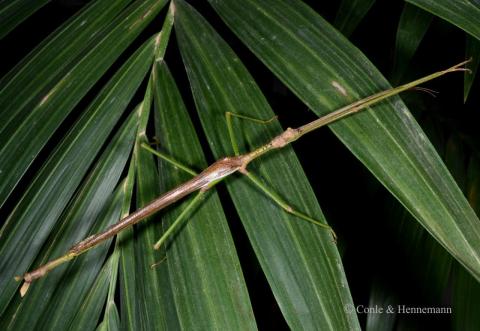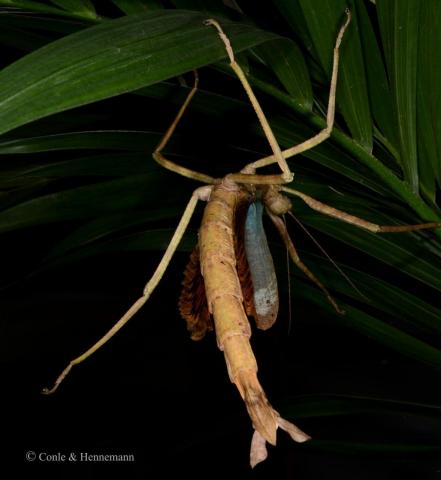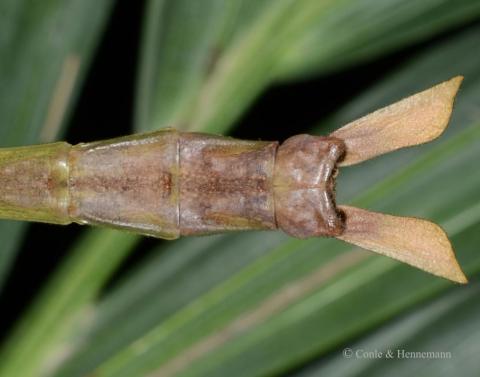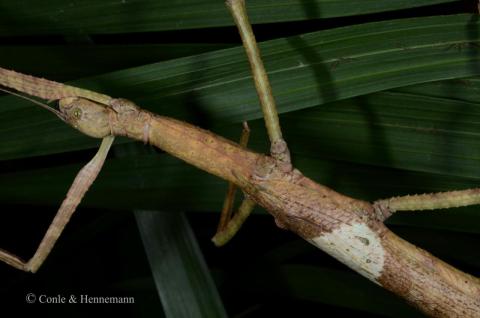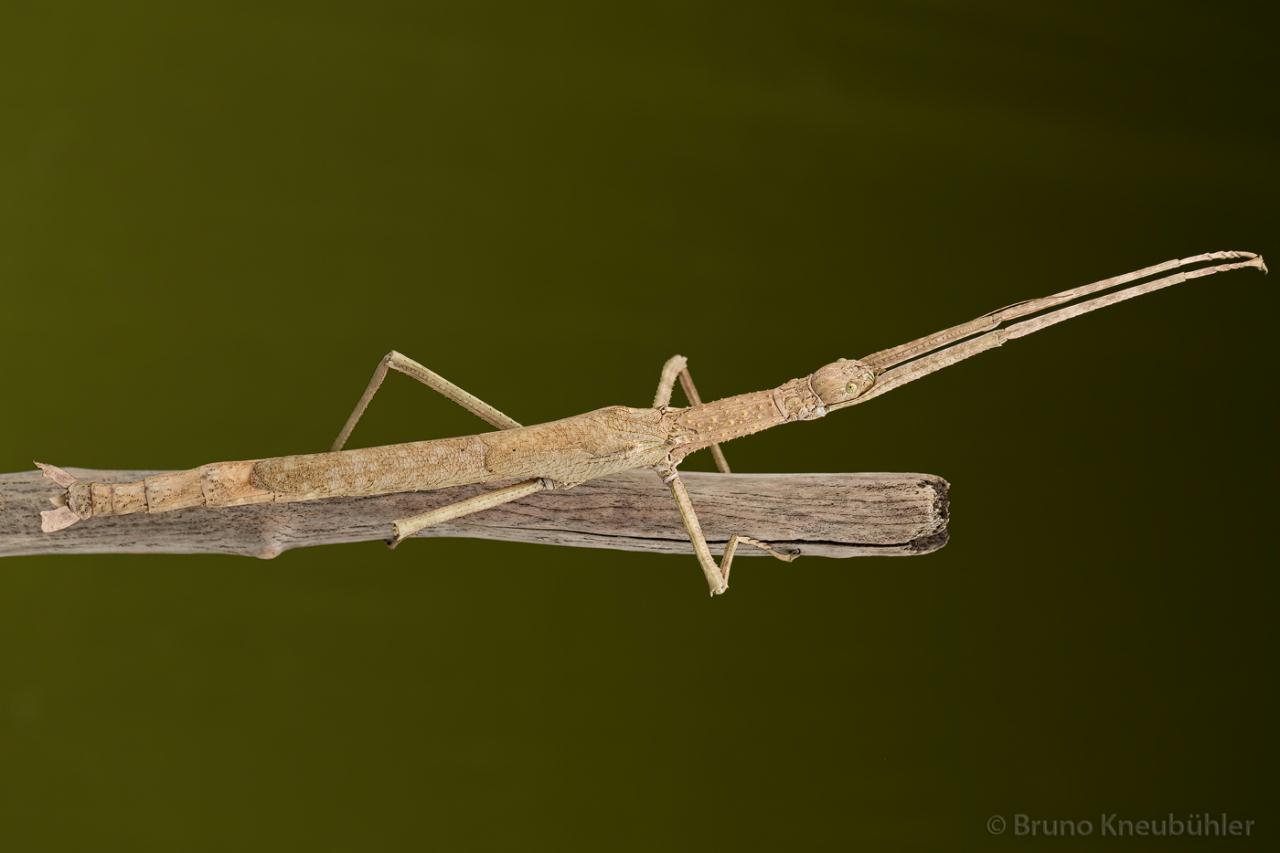
Genus
Species
Stock
CLP
584
PSG
372
Culture status
In culture
Foodplants
Bramble (Rubus spp.)
Oak (Quercus robur)
Salal (Gaultheria shallon)
Hazel (Corylus avellana)
Guava (Psidium guajava)
Breeding notes
(by Bruno Kneubuehler)
General Notes
- one of the first ever described phasmid species
- Linnaeus described it as Gyllus (Mantis) gigas in 1758, the type specimens originate from Ambon island (Indonesia, Moluccas)
- in 1798 Fabricius placed this species in the genus Phasma, which has been set up by Lichtenstein in 1796
- at the moment (2013) the genus Phasma includes 3 valid species
- Phasma gigas „Jailolo“, which is presented herewith, originates from Halmahera, which indicates that Ph. gigas is spread over a big area in the Moluccas
_________________
Culture History
- 2011 – eggs have been imported by Bruno Kneubuehler from a indonesian insect dealer
- 2012 – first successful culture by Bruno Kneubuehler
- 2012 – distributed to other breeders as Phasma gigas „Jailolo“
_________________
Origin
- Jailolo on the island of Halmahera (Indonesia, Moluccas)
_________________
Females
- massive and very large phasmids
- about 21 – 23 cm long
- their abdomen can be thumb-thick
- brown and greenish-brown specimens
- eyes green striped
- 3 ocelli (simple eyes) on the head
- small, green warts on the mesothorax and the ventral metathorax
- legs with many small spines
- some females have wings with a whitish pattern
- forewings are shorter than the hindwings
- membranous part of the hindwings (anal region) is strongly orange-black patterned
- the inner, basal area of the costal region of fore- and hindwings is bluish, the area of the wing joint is vilolett
- subgenital plate overlaps the abdomen ending
- very broad and long cerci
- antennae shorter than the forelegs
_________________
Males
- big phasmids
- 14 – 14.5 cm long
- coloration is rather consistent amongst males
- main body coloration is green
- antennae brown with a black basis
- head and prothorax is light fawn
- metathorax (ventrally) strongly green
- 3 distinct ocelli (simple eyes) on the head
- prothorax with many green spines
- fore- and hindwings reddish-brown and strongly net-like structured
- forewings laterally with a broad white stripe
- hindwings in the proximal-lateral area with a white stripe
- anal region of the hindwings (the membranous part) is orange-black patterned
- legs with many small spines
- antennae shorter than forelegs
- long and broad cerci
- poculum with a whitish marking
_________________
Nymphs
- very big upon hatching, up to 28 mm long
- nymphs coloration is typical for the genus Phasma
- green-yellow color with red-brown markings and legs
- short, red-brown antennae
- even in L1 it is easy to draw a distinction between ♀♂ (by the naked eye)
_________________
Eggs
- about 5 x 4 mm
- black
- shiny, only very few eggs are matt
- slightly humpy surface
- distinct capitulum present on the operculum (lid)
- micropylar plate is long, narrow and reaches almost to the hind egg pole
- micropylar pore is almost at the hind egg pole
_________________
Food Plants
- bramble (Rubus spp.)
is very well accepted by freshly hatched nymphs, older nymphs and adults - oak (Quercus spp.)
is very well accepted by freshly hatched nymphs amd older nymphs (not tested with adults) - Salal (Gaultheria shallon)
is very well accepted by adults (not tested with nymphs) - hazelnut (Corylus avellana)
is very well accepted by adults (not tested with nymphs) - Guava (Psidium guajava)
well accepted by nymphs and adults (info Pedro Alvaro Barbosa Neves) - if given the choice, then they prefer hazelnut over bramble
_________________
Behaviour
- nymphs and adults react rather frantically when they feel threatened (like when they are touched). They drop down, wriggle about and freeze again after a some steps
- in their defense position, adult males and females open their wings with a loud rustling noise
- adults also try to pinch between their spiny hindlegs
- but usually nymphs as well as adults keep still during the day, and move about and feed at night
- males can flutter for a short distance
- matings occur often, and males can stay together with the same female for some days
- females fling the eggs away with a swing of the abodmen and they just drop to the ground
_________________
Developement
- incubation time (HH-incubation on slightly damp sand at 20 - 23 °C) is about 8 – 10 months (F1)
- spread some dried (!) moss over the eggs - this will make it much easier for the nymphs to hatch unscathed and it also reduces mould growth to some extend
- hatching ratio in F1 was moderate (about 25 %)
- males will be adult after about 3 months (at 20 – 23°C), females after about 4 months
- females start laying eggs after about 3 – 4 weeks
- about 50 - 60 eggs per female and week
- a female can lay up to 820 eggs during entire life (info by Pedero Alvaro)
- adults can live for several months
_________________
Breeding Notes
- my general notes on how to breed phasmids are an integral part of this care sheet ...
- it is easy to breed this species, once the eggs hatched
- as the freshly hatched nymphs are already very big, therefore the incubation container should be big enough
- I recommend to keep the nymphs seperate from the adults, which makes it much easier to monitor their developement and they are protected from being disturbed or even harmed by the much bigger adults (like during their moults)
- keep the nymphs in a cage with good ventilation, but take care that the humidity does not drop too low
- a constantly wet paper towel on the floor of the cage helps raising humidity
- a humidity level of about 60+ % rH (for adults) and 75+ % rH (for nymphs) seems to be fine
- nymphs can be kept in a Faunabox (or similar cages like Faunarium)
- move nymphs to a bigger cage as they grow bigger
- a cage of at least 60 x 30 x 30 cm should be provided for 2 adult couples of this species (or considerably larger if the cage also contains other species !)
- spray nymphs in L1 about 1 – 2 times per week with boiled water (low lime content). This water should then dry up within a few hours
- I have not sprayed older nymphs, adults or their cage with water
- make sure that nymphs, which are about to undergo their adult moult, do not find places in the cage which would not offer them enough space beneath to moult successfully
- generally I advise to keep different phasmid species seperately (unfortunately, overcrowed cages are still too common ...)
